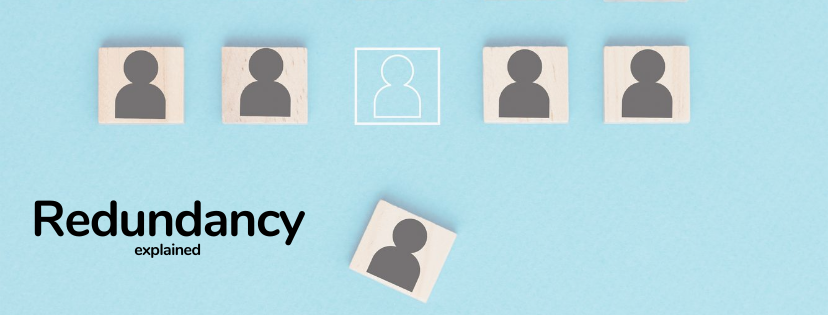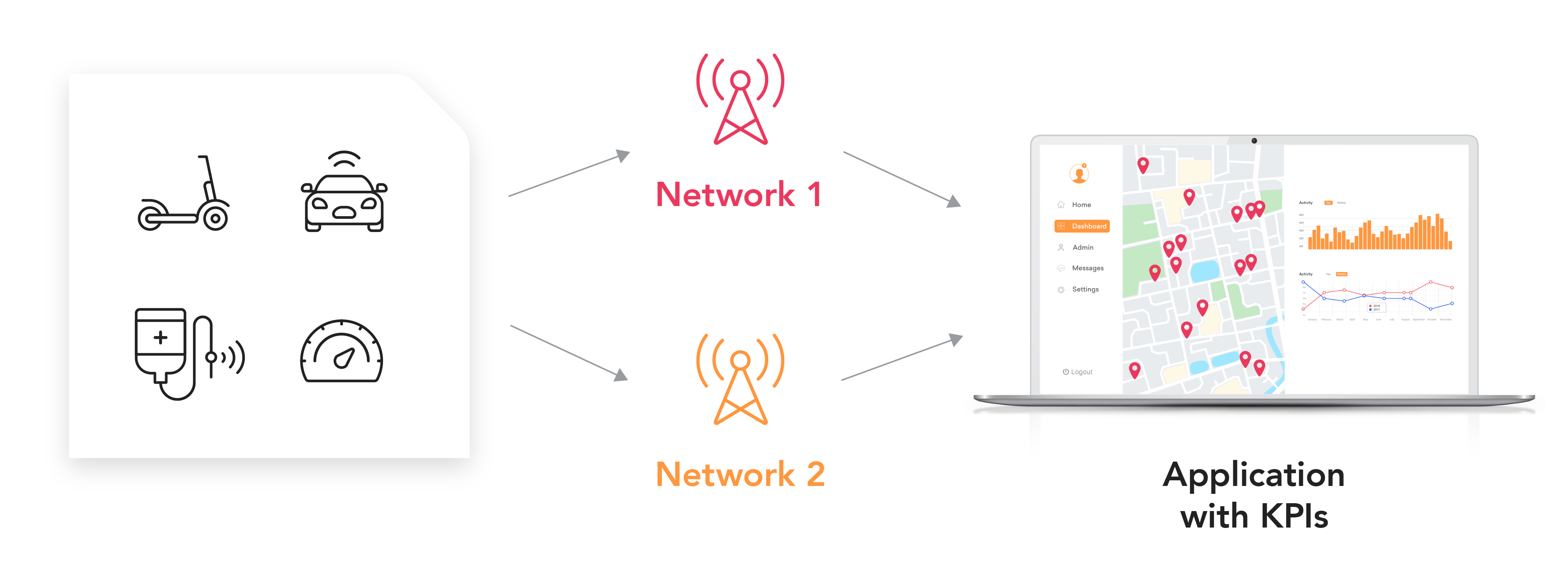Examining the Interplay Between Company Redundancy and Organizational Versatility for Future Growth
In the vibrant landscape these days's service globe, the elaborate partnership between firm redundancy and organizational adaptability emerges as an important factor for continual growth and success. Business often deal with the difficulty of striking a delicate balance in between keeping a level of redundancy to alleviate dangers and fostering adaptability to respond quickly to the ever-evolving market needs. This fragile interaction holds the key to not just surviving in unstable times but additionally prospering in the face of unpredictability. As we explore the diverse dimensions of this interplay, appealing understandings into just how organizations browse these complexities to pave the way for future development await.
Importance of Business Redundancy
Firm redundancy is an essential aspect that boosts business resilience and reduces functional threats. By including redundancy actions within the business framework, business can much better stand up to unpredicted disruptions and variations in the service environment. Redundancy functions as a critical buffer, allowing business to adjust and respond successfully to unexpected challenges without jeopardizing necessary procedures.
One secret facet of the significance of business redundancy is its duty in guaranteeing continuity during times of situation. When encountered with sudden adjustments or emergency situations, redundant systems, sources, or employees can step in to maintain crucial functions and avoid extensive interruptions. This connection not only safeguards the firm's track record and client trust but also lessens monetary losses and functional downtime.

Techniques for Organizational Versatility

An additional important method is spending in modern technology and facilities that can sustain adaptability and scalability. Applying electronic devices, automation, and data analytics can enhance operations, improve performance, and give important understandings for notified decision-making. Additionally, producing adaptable business frameworks that allow for quick adjustments to market dynamics and customer needs is necessary for staying competitive in a rapidly evolving setting. By proactively recognizing prospective interruptions and possibilities, organizations can proactively adapt and prosper in an ever-changing organization landscape.
Harmonizing Redundancy and Versatility
Accomplishing an unified equilibrium in between functional redundancy and business versatility is paramount in navigating the complexities of a dynamic service atmosphere. Striking the appropriate balance between redundancy and adaptability is a fragile procedure that calls for a deep understanding of the company's goals, sector characteristics, and risk resistance.
To achieve this equilibrium, firms require to conduct regular assessments of their procedures to determine locations where redundancy is required for risk reduction and where adaptability can drive technology and development. Executing versatile frameworks, cultivating a society of constant discovering and renovation, and encouraging open communication across all degrees of the organization are vital techniques to integrate redundancy and versatility successfully. By aligning these 2 crucial aspects, firms can place themselves for lasting growth and success in an ever-changing business landscape.
Instance Researches on Adjustment Success
In analyzing circumstances of effective business adjustment, it becomes obvious that the interplay between functional redundancy and adaptability is a specifying consider shaping resistant companies. One compelling study is that of Netflix. Initially a DVD rental solution, Netflix showed exceptional flexibility by transitioning right into a streaming platform when digitalization interfered with the market. By purposefully purchasing innovation and content development, Netflix not just prospered however endured in a swiftly developing market. Another standout instance is Amazon. Beginning as an on the internet bookstore, Amazon continually adjusted its business design, increasing right into varied fields such as cloud computing and expert system. This versatility permitted Amazon to stay ahead try these out of competitors and fulfill altering consumer demands. Finally, Adobe gives a noteworthy illustration of effective adaptation. The company moved from offering software application licenses to a subscription-based model, making sure recurring income streams and boosted client involvement. These situation researches underscore the importance of functional redundancy coupled with business flexibility in promoting lasting development and competition.
Structure Durability for Future Development
Structure resilience for future growth needs a calculated placement of operational processes with market dynamics and emerging trends. Business should adapt to changing settings by cultivating a culture of adaptability, advancement, and constant enhancement. Resilience includes not only recuperating from problems however likewise proactively preparing for future challenges. One vital aspect of building resilience is buying durable threat monitoring strategies to reduce possible interruptions. This includes circumstance planning, branching out supply chains, and establishing contingency plans for different contingencies (who pays redundancy money).
In addition, cultivating solid partnerships with stakeholders, such as clients, staff members, suppliers, and the neighborhood, is essential for weathering uncertainties and keeping count on and support throughout unstable times. Reliable communication and openness play a vital role in building durability, as they aid help with and straighten assumptions cooperation in browsing uncertainties.
Additionally, companies need to focus on understanding and advancement campaigns to upskill workers and equip them with the required devices to adjust to changing situations. By purchasing their labor force, business can boost their flexibility and dexterity, inevitably enhancing their resilience for lasting future growth.
Verdict

In the vibrant landscape of today's company world, the elaborate relationship in between company redundancy and business flexibility emerges their website as an important variable for continual growth and success. Firms frequently deal with the obstacle of striking a delicate balance in between maintaining a level of redundancy to reduce risks and promoting flexibility to react promptly to the ever-evolving market needs.To attain this equilibrium, firms require to carry out regular analyses of their procedures to determine areas where redundancy is necessary for danger mitigation and where adaptability can drive innovation and growth.In verdict, the interaction between business redundancy and organizational adaptability is vital for future development. Structure durability via a combination of redundancy and flexibility will certainly make certain that firms are prepared for the difficulties of the future.